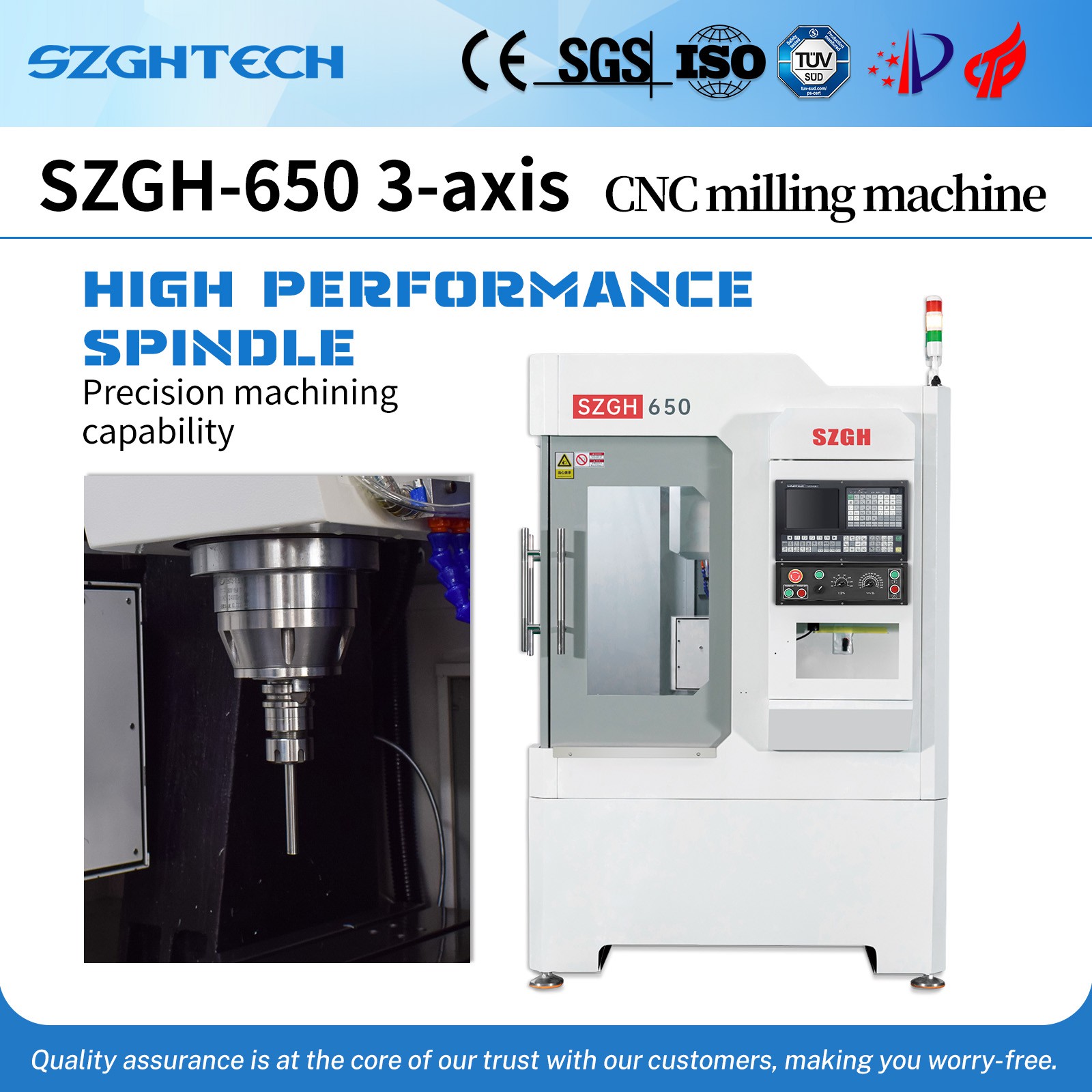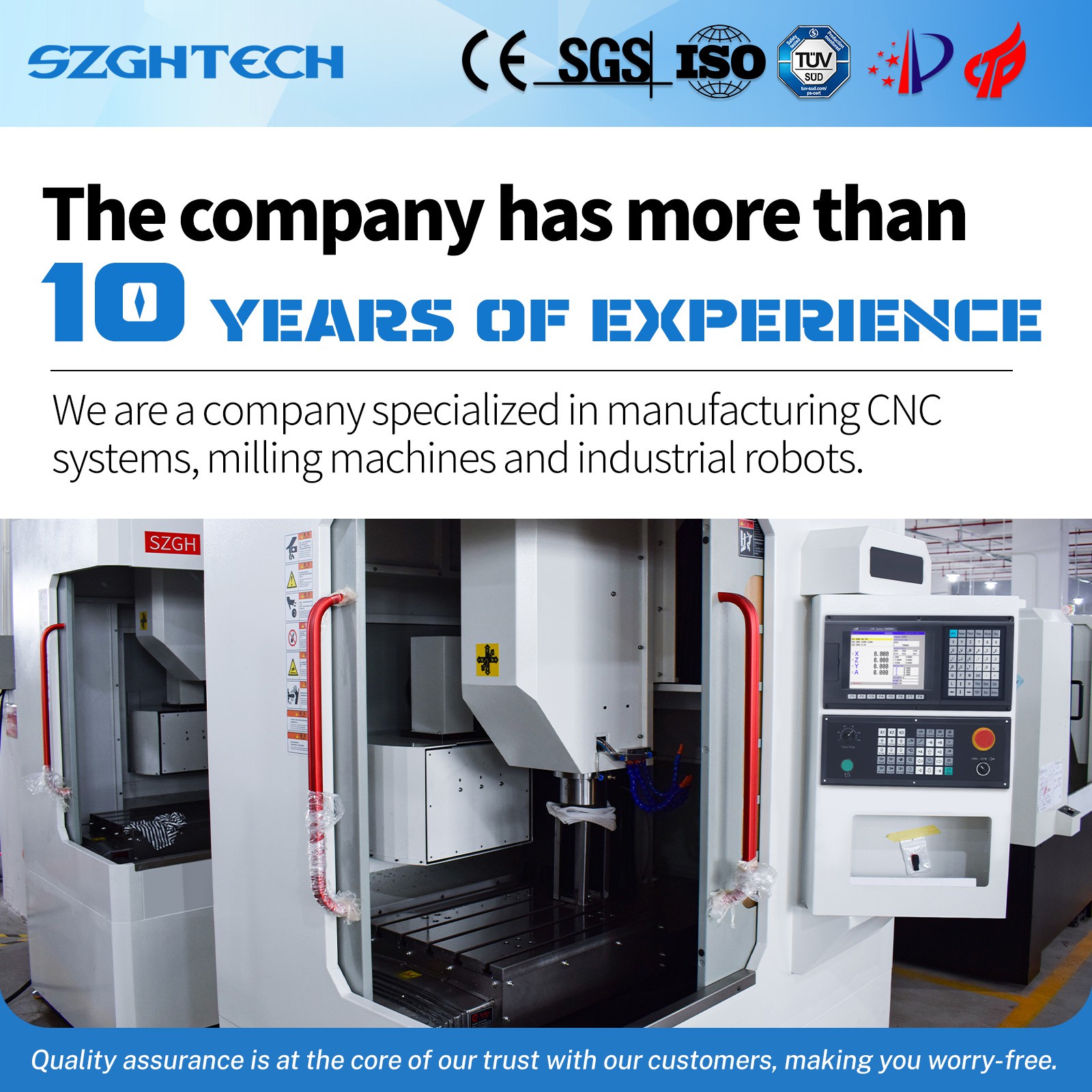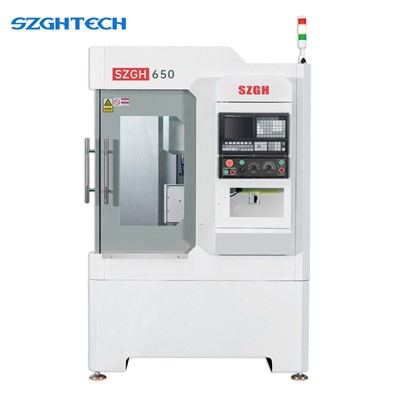SZGH-650 3 Axis CNC vertical milling machine is on the basis of SZGH-650, a 4-axis rotary table can be added to realize the function of completing multi-faceted three-dimensional processing in one clamping.It is widely used in mold making and other functions that require drilling and tapping or three-dimensional carving on multiple surfaces.Among them,SZGH-650 can support up to 10 station tool magazines on the basis of machining external shafts.
Specific cutting methods can be divided into:
Down milling: The rotation direction of the milling cutter is the same as the feed direction of the workpiece, usually used for thinner cutting layers.
Reverse milling: The rotation direction of the milling cutter is opposite to the feed direction of the workpiece, usually used for thicker cutting layers, which is conducive to improving processing accuracy and tool life.








